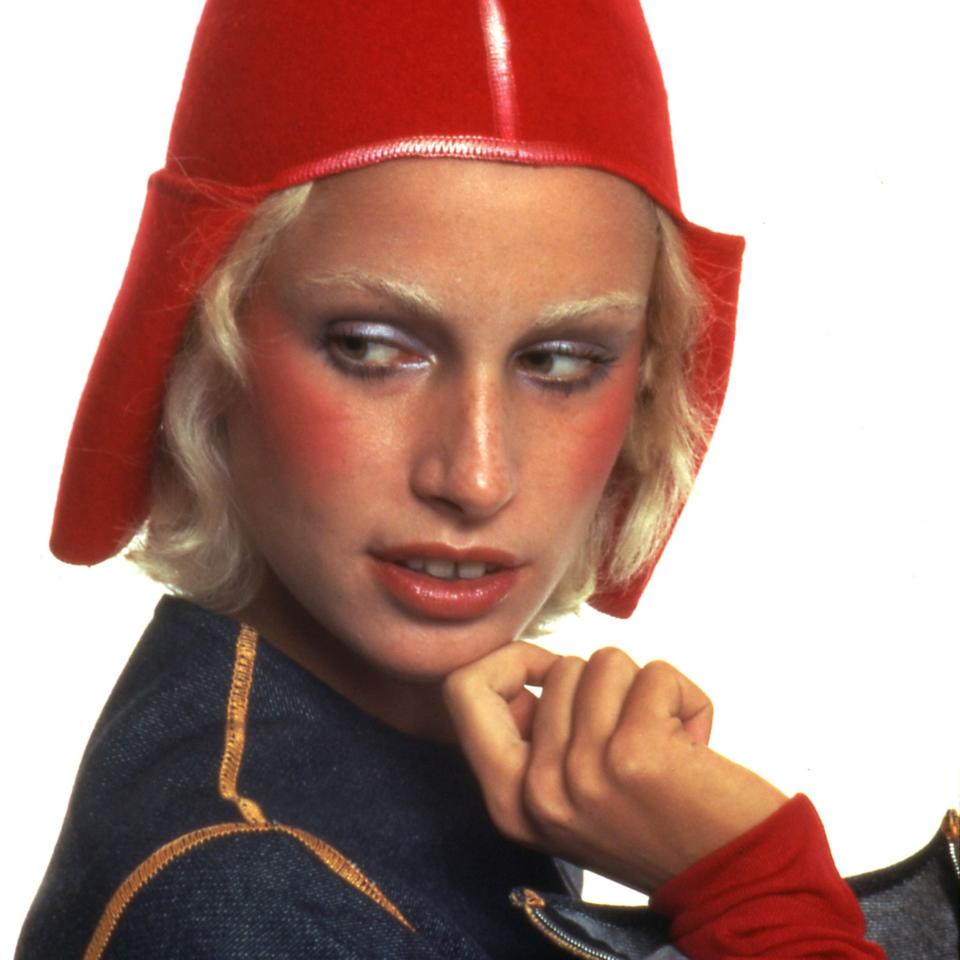Italian Fashion Celebrates Its Heroes With a New, Genre-Defying Exhibition
“Italiana, Italy Through the Lens of Fashion 1971–2001” Designers
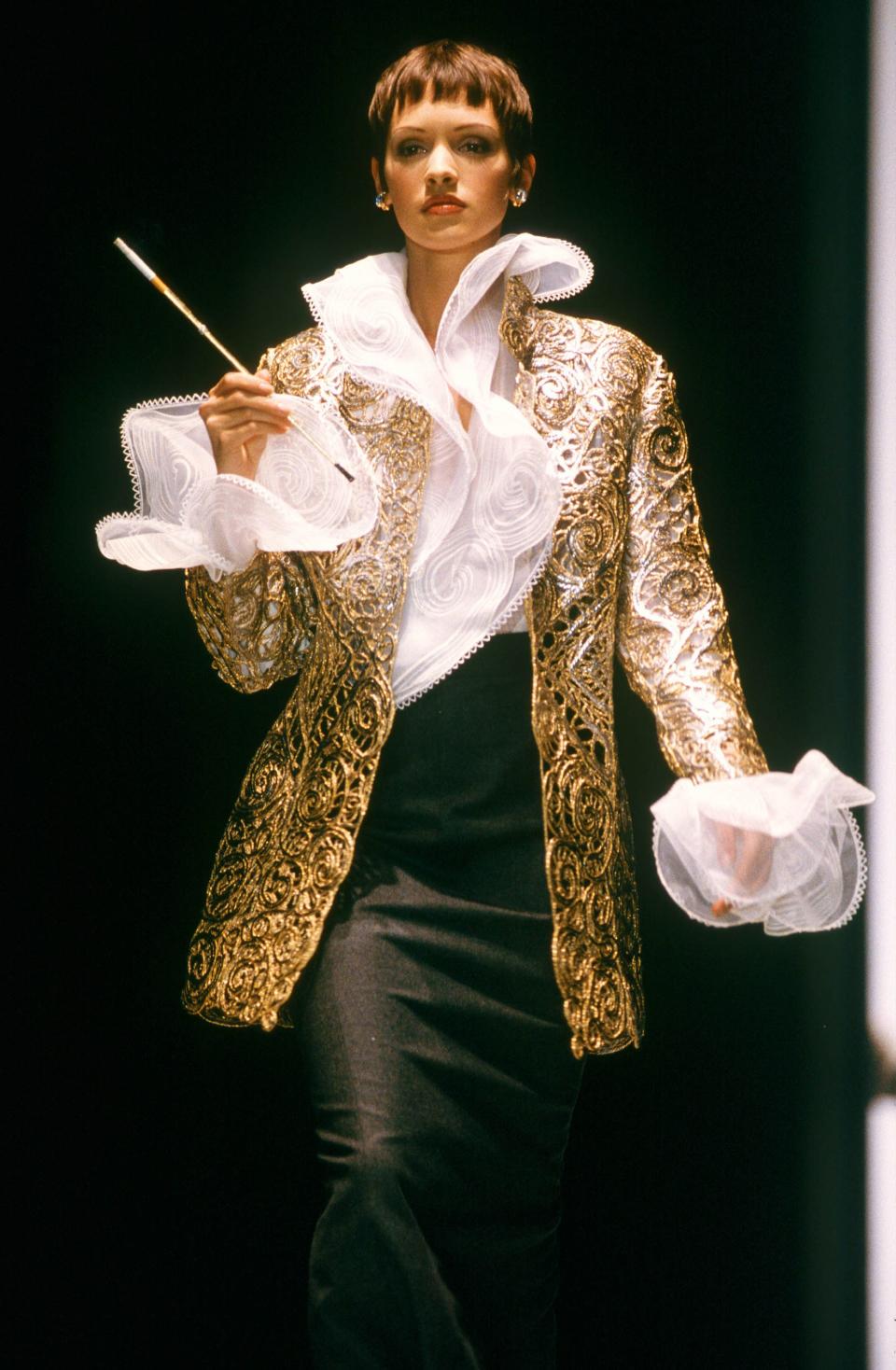
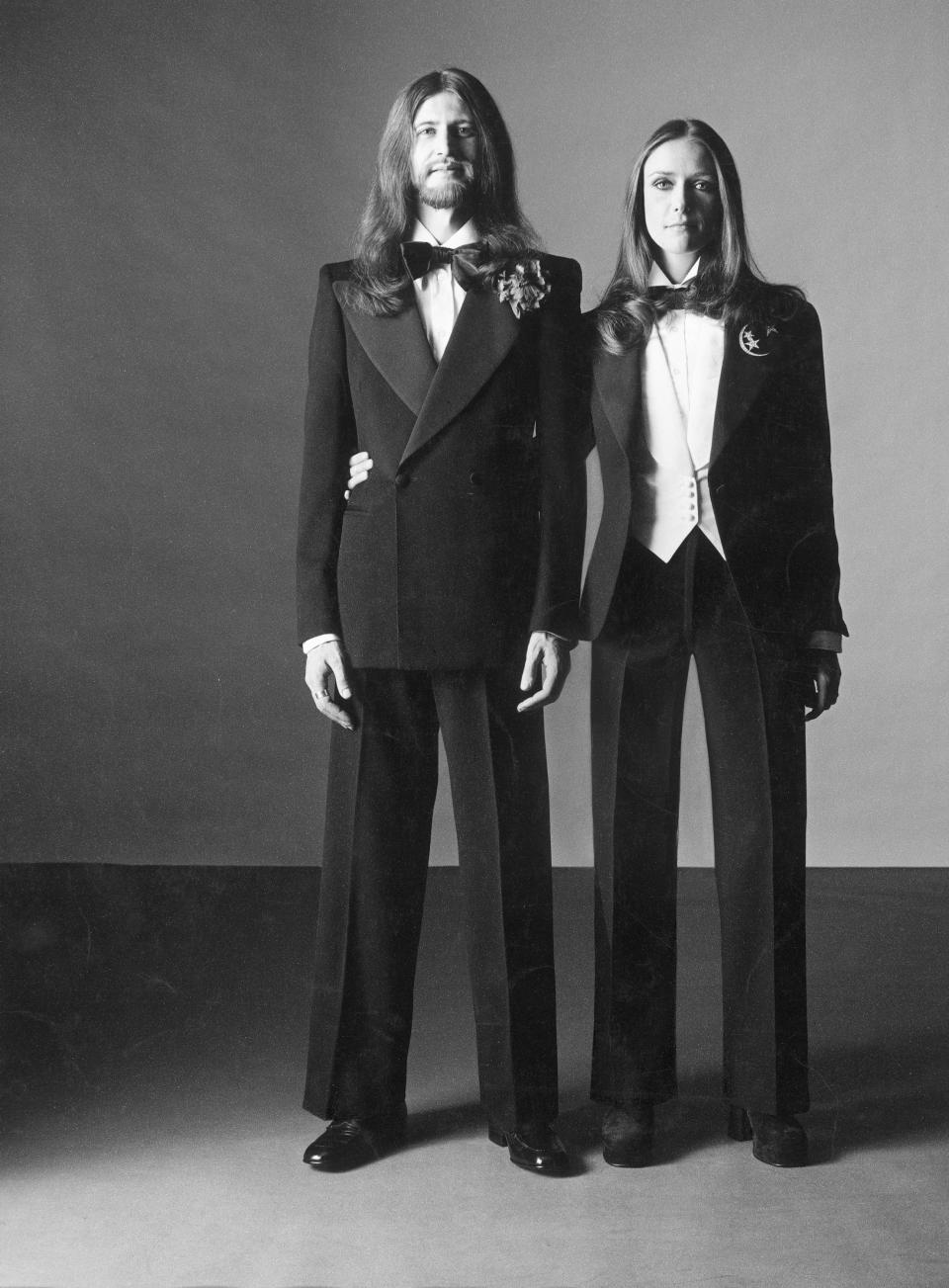
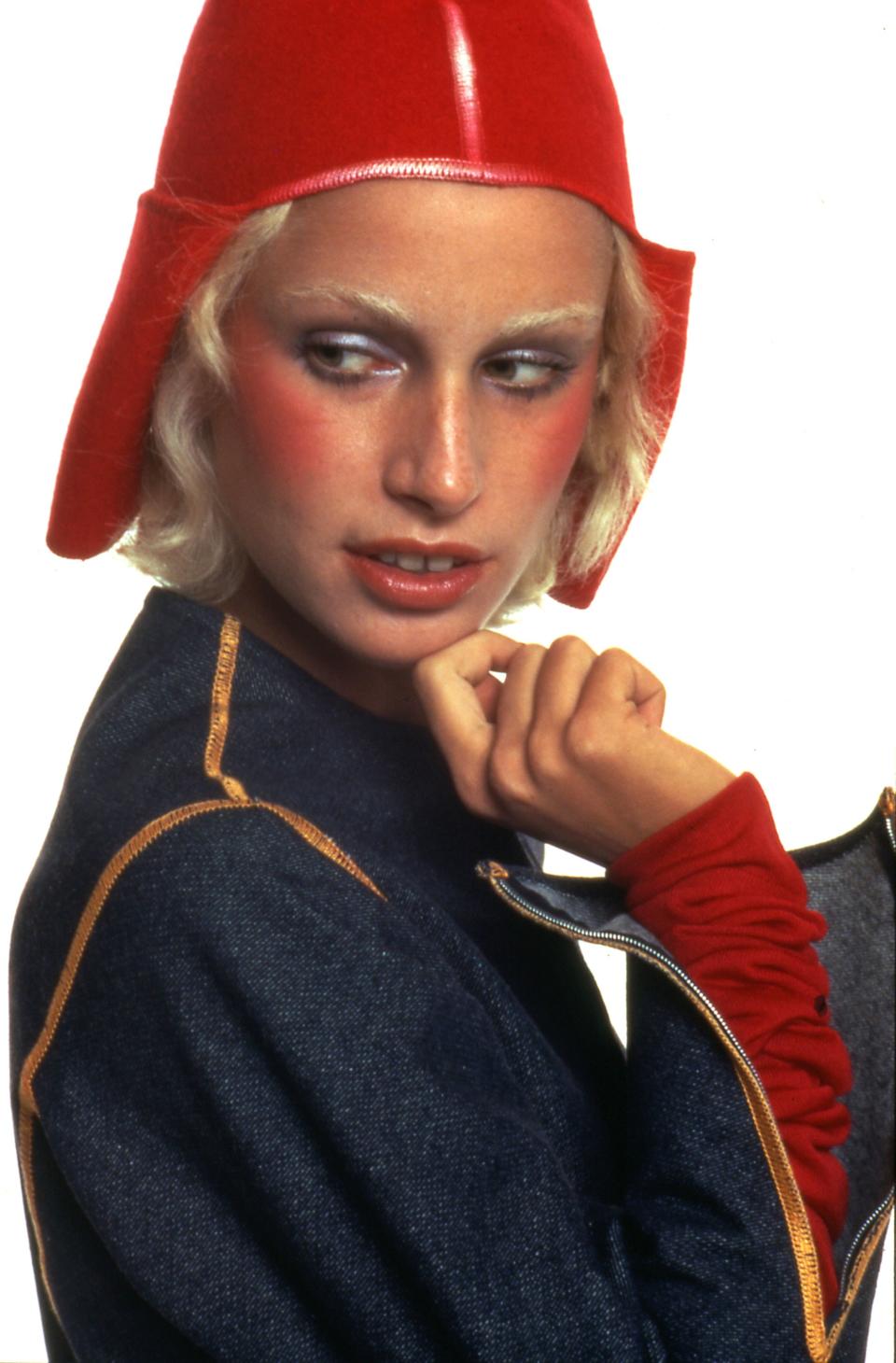
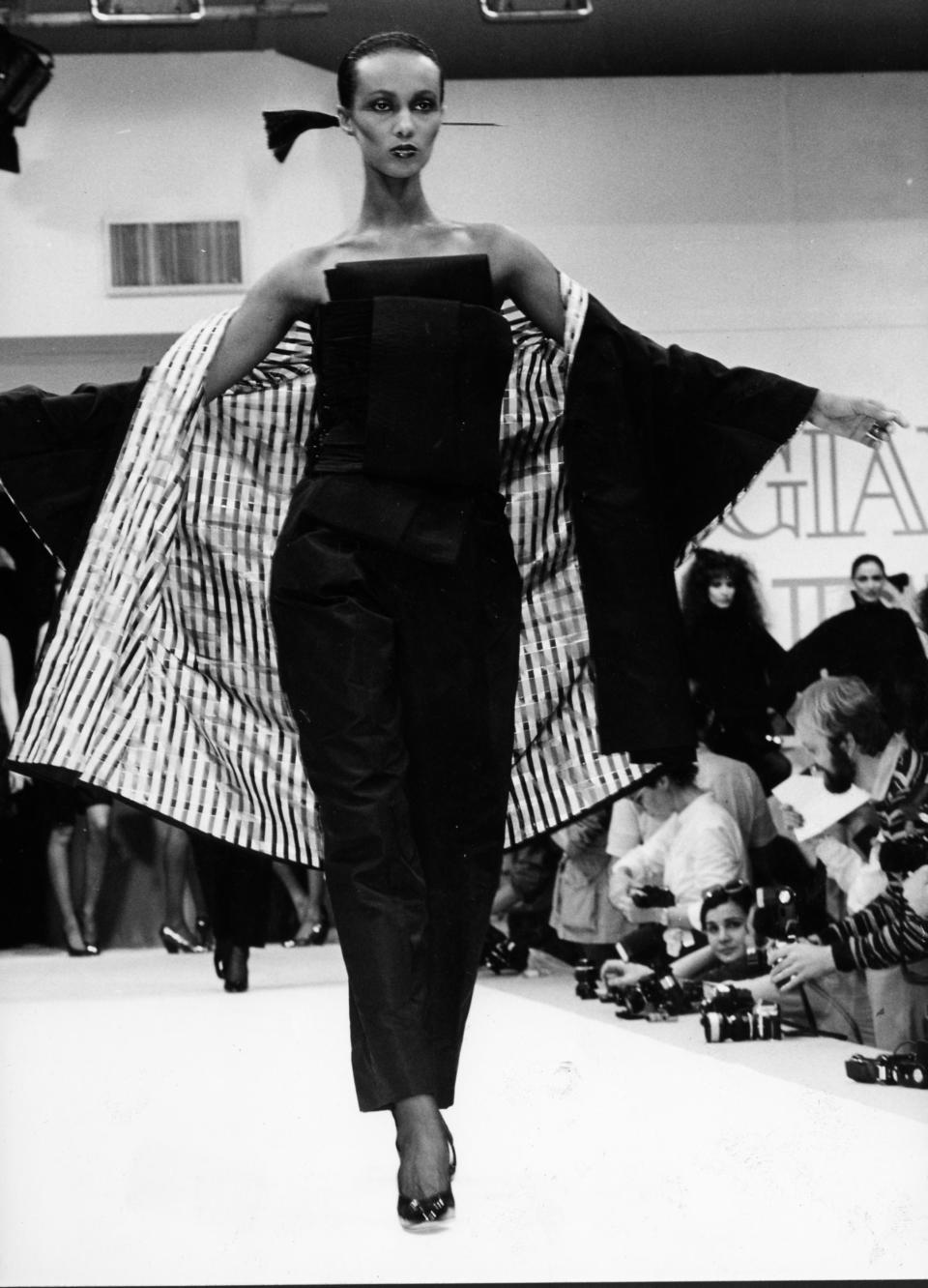
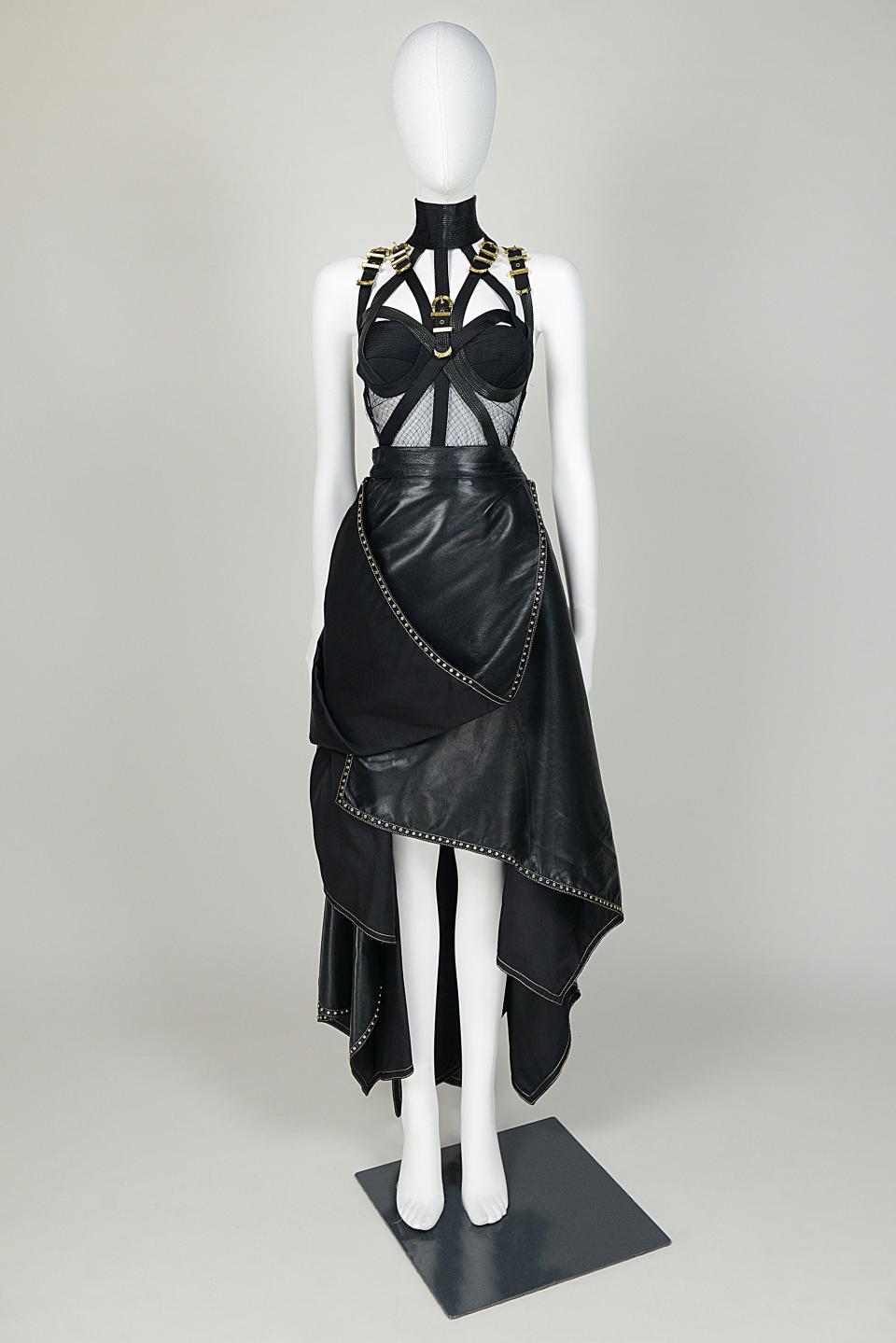
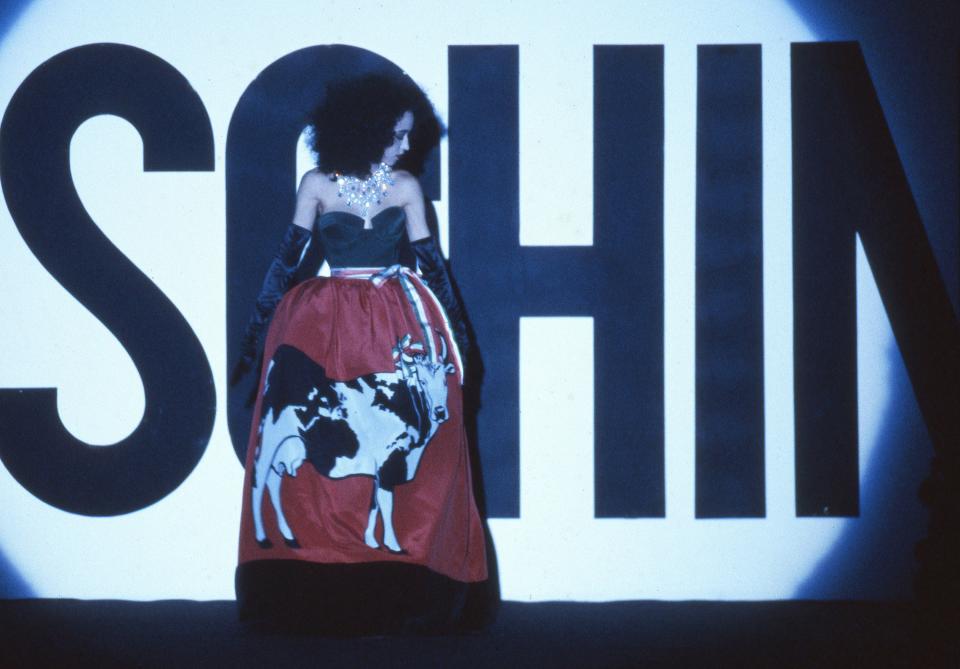
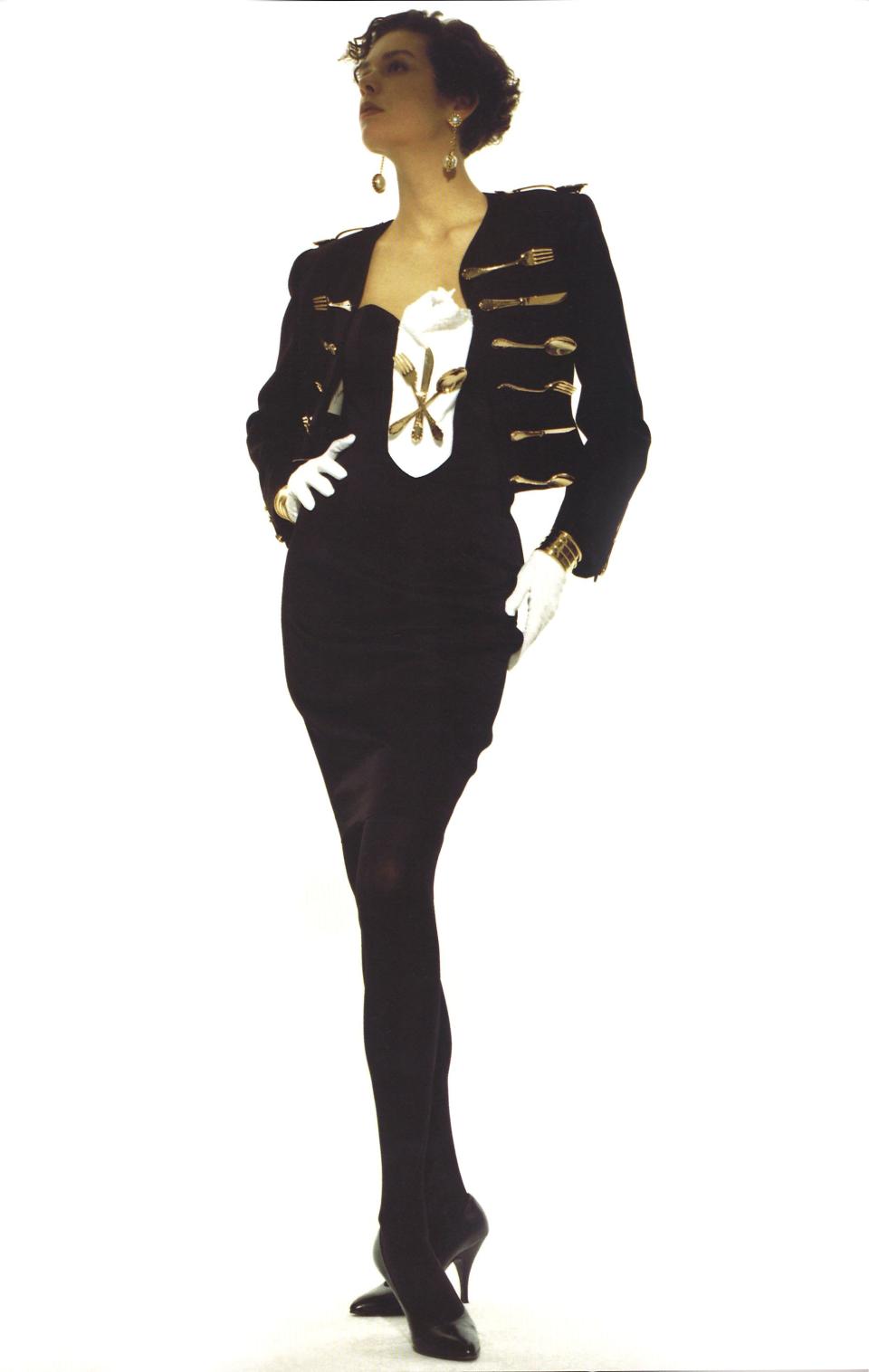
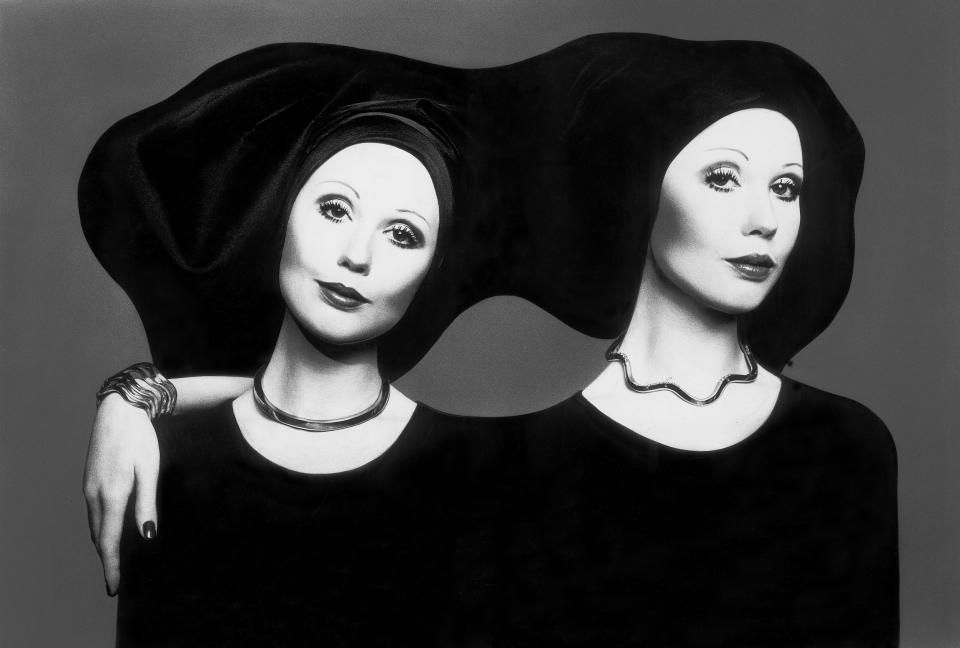
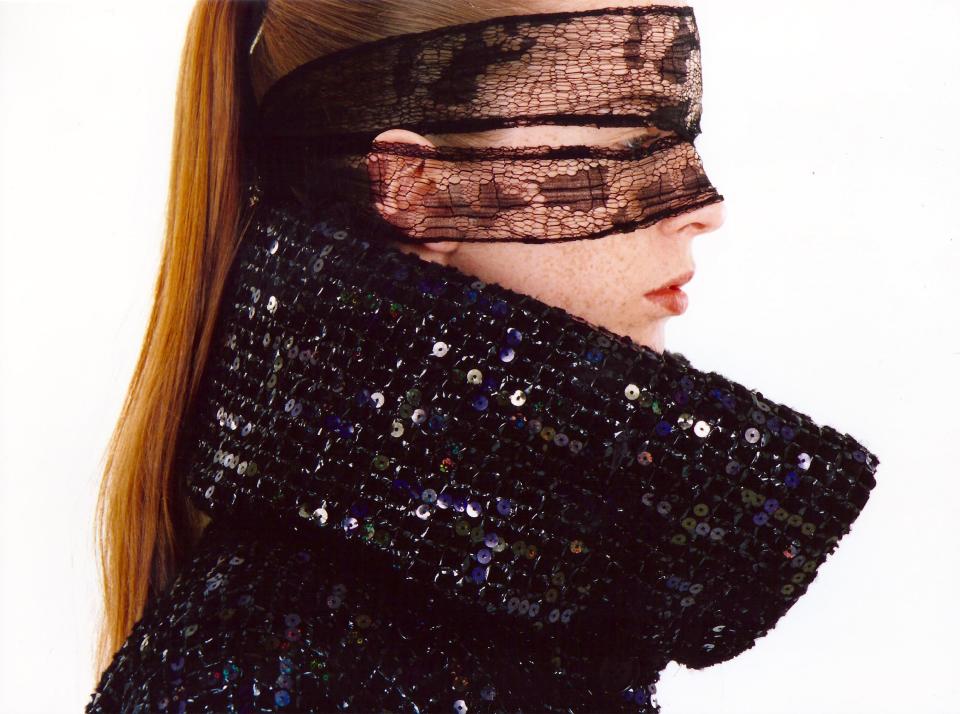
For those interested in a good overview of Italian fashion’s fundamental years, the exhibition “Italiana, Italy Through the Lens of Fashion 1971–2001” shouldn’t be missed. Curated by W’s editor in chief Stefano Tonchi and by fashion critic and curator Maria Luisa Frisa, it will open to the public tomorrow at Milan’s Palazzo Reale, running until May 6, 2018. Through a constellation of thematic rooms, whose setups are under the artistic direction of Annabelle Selldorf, it celebrates the definition of the Italian fashion system in its fecund and sometimes controversial connections with the cultural landscape of those pivotal decades.
“Our point of view as curators is critical, neither academic nor historical,” said Tonchi. “It’s a pretty subjective approach: contemporary, not definitive at all. It’s a starting point for a conversation on the history of Italian fashion. It’s also a way to weigh in on its qualities and its flaws. Sometimes, some of its qualities have been perceived as being flaws instead! For instance, its democratic spirit, its worldwide success, its marketing abilities, the idea of making luxury accessible to vast audiences—it has been perceived as too commercial. On the contrary, this was the real big challenge and strength of the made-in-Italy process: to provide a slice of luxury for everyone. It’s a very Italian mind-set. Here, everyone has to be well dressed with good quality fabrics and good style. It’s ingrained in our culture.” It is also true that Italian fashion is supported by an industrial system that is quite unparalleled. “Its versatility and creativity are extraordinary,” explained Tonchi. “Here, textile companies are able to transform ideas into high-end products with exceptional flexibility, expertise, and craftsmanship. This is not just production, but an interpretation. They are authors as well as manufacturers. They give creative solutions to every possible production issue; there’s a reason why all the designers come to produce here in Italy.”
Italiana, Italy Through the Lens of Fashion 1971-2001 Exhibit
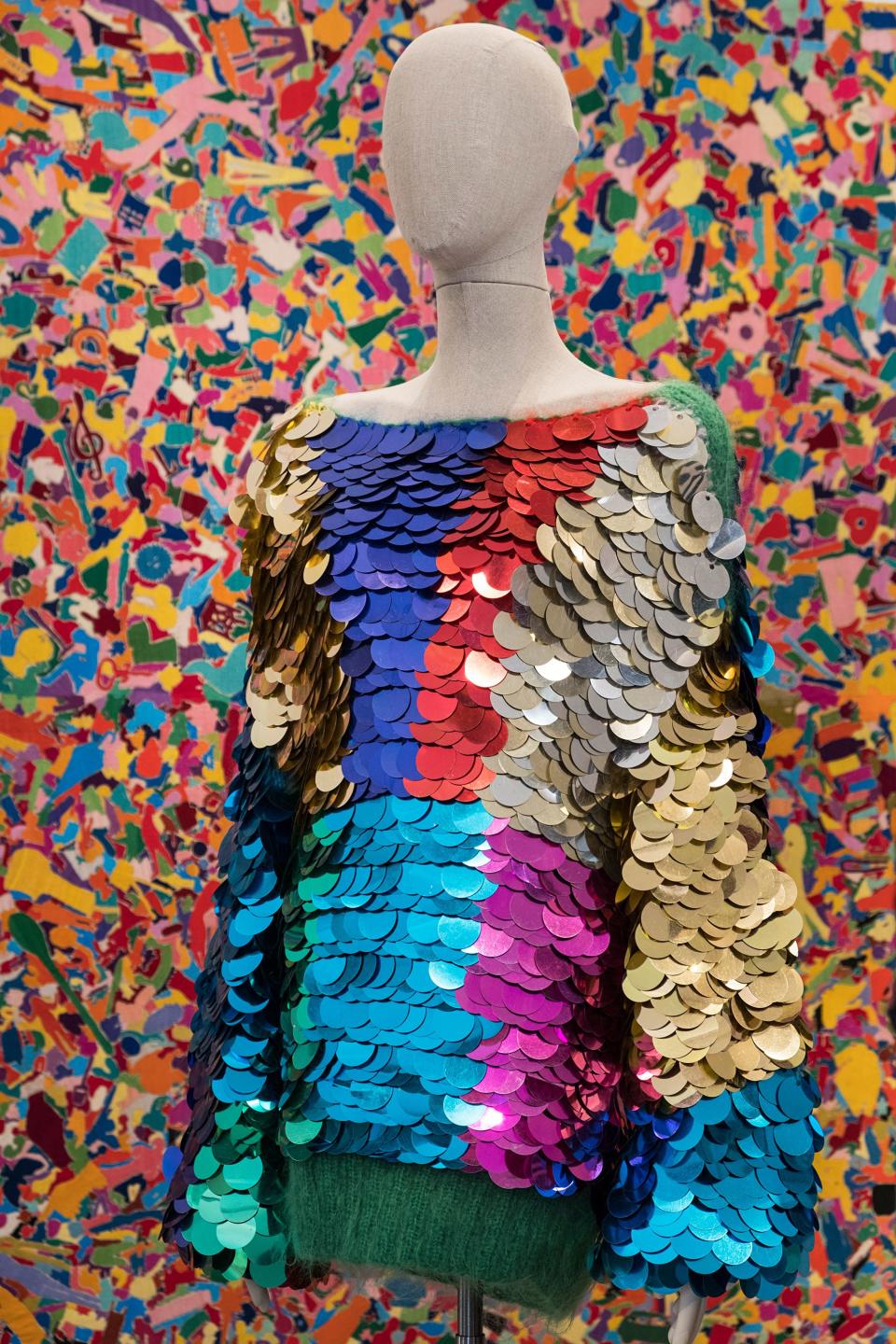
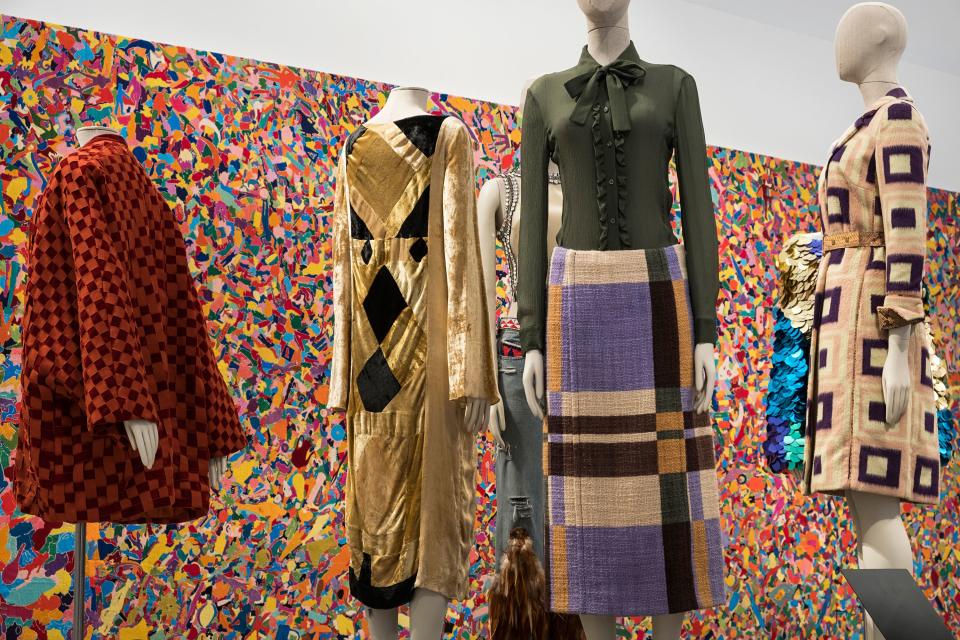
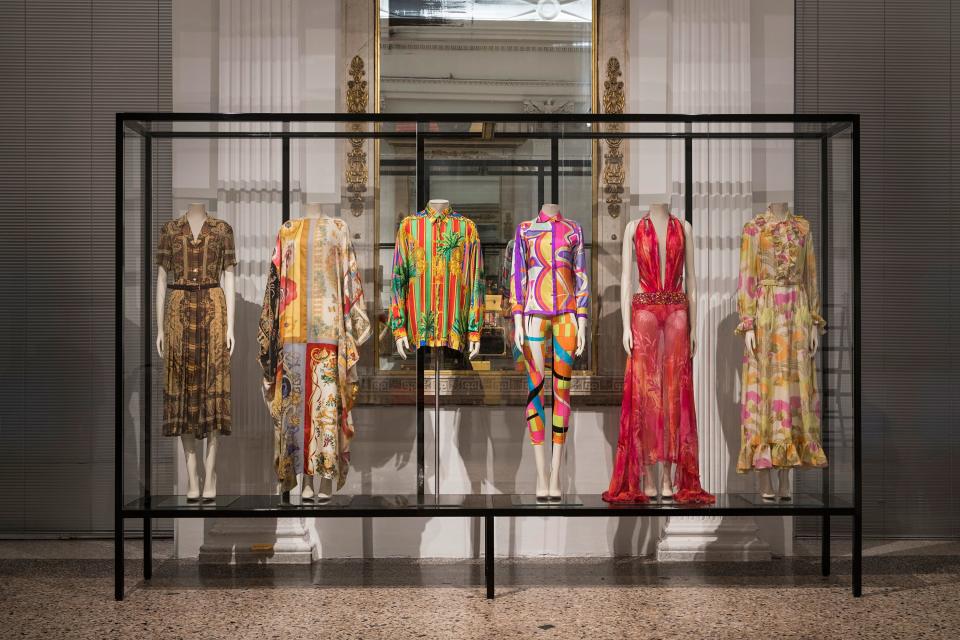
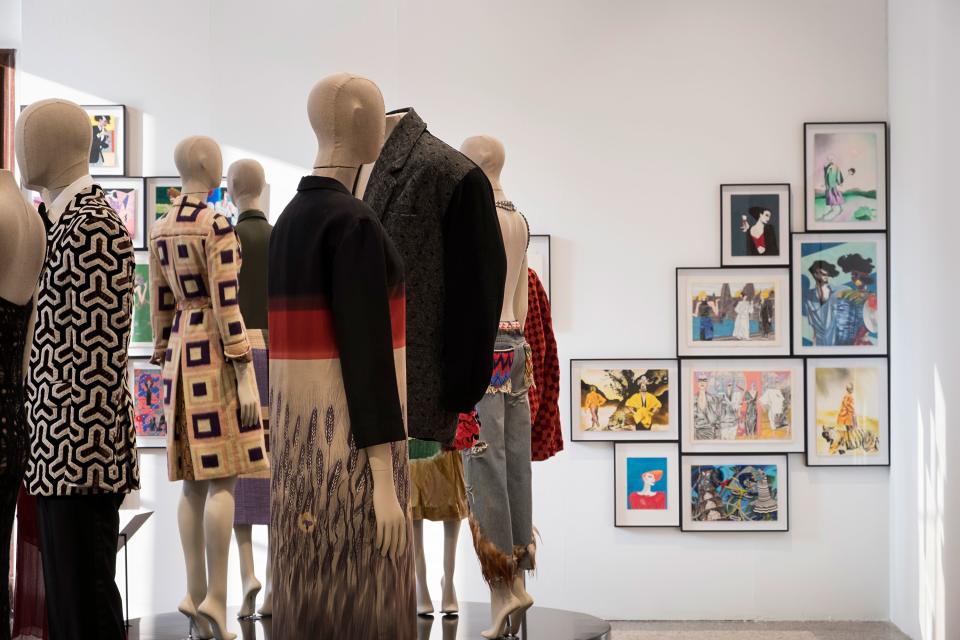
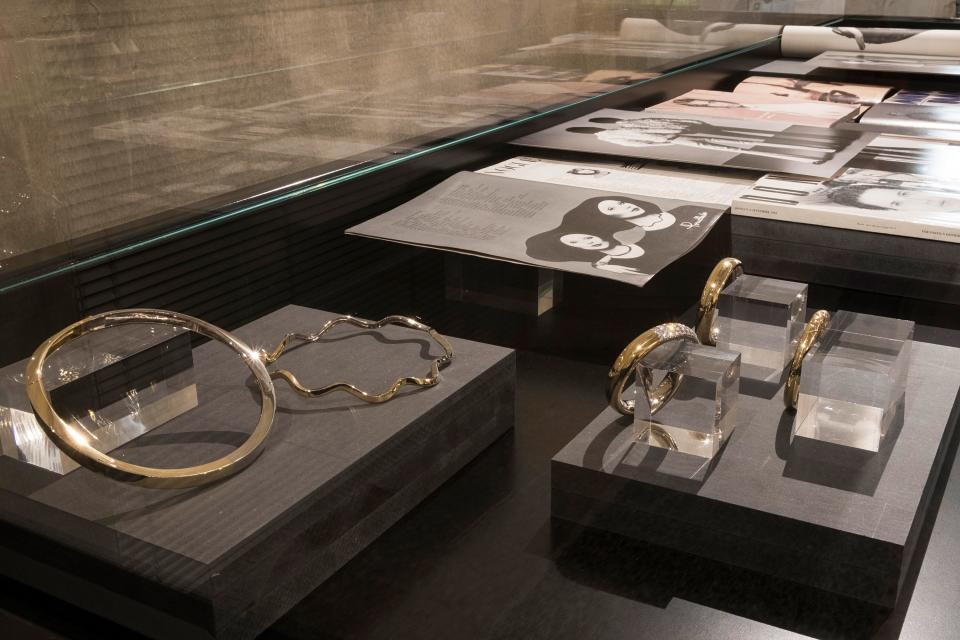
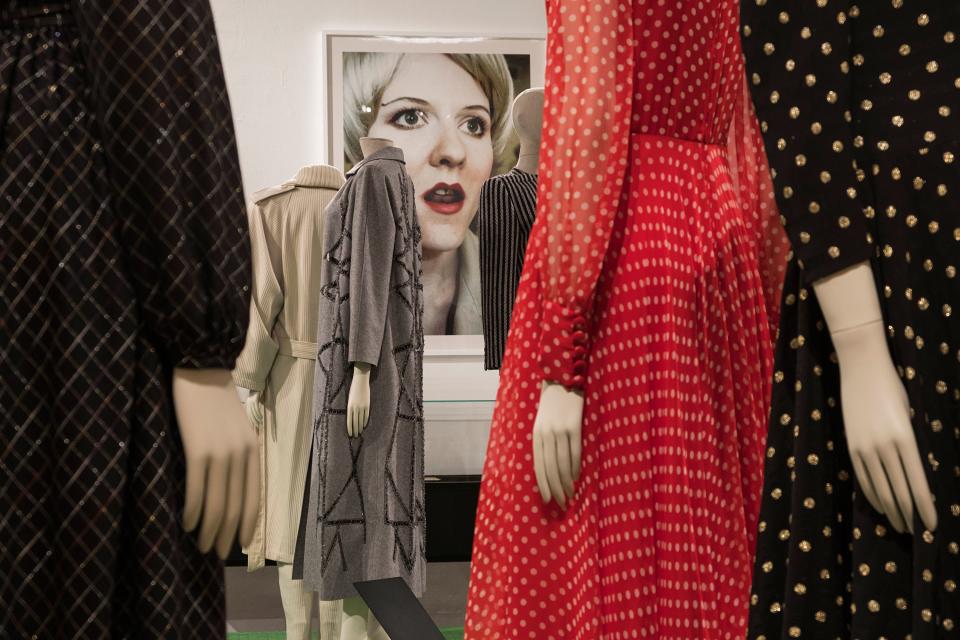
The exhibition flows thematically through nine rooms: Identity, Democracy, Logomania, Diorama, Project Room, Bazaar, Post-Production, Glocal, the Italy of Objects. The time frame is set between two symbolic dates: 1971, which marks a sort of passage between high fashion and the starting point of Italian ready-to-wear; and 2001, when the 9/11 terrorist attacks in New York set in motion a tectonic change on many levels. “1971 was the year when Walter Albini left Florence and started showing his eponymous collection in Milan,” said Frisa. “He’s the first stilista [stylist] of Italian fashion. 1971 also marks the year when the women’s liberation movement had a strong, official identity, which brings us to one of the central themes of the exhibition. Identity is actually the opening concept and is displayed in the first of the nine rooms. It’s a complex concept, and very now; Italian designers at that time were able to address it in a smart, contemporary way. Saint Laurent, with his Le Smoking, was still referring to the androgynous garçonne Parisienne of the ’20s. The Italians were giving women practical solutions for their new role in society, making sense of the postfeminist issues of the time. Women needed a new uniform to feel strong and confident in the workplace. They didn’t want to look like men; they were equal in attitudes, in rights, and in duties. At the same time, men were confronting a new social role as well; fashion for them was a new discovery, a new way of enjoying their masculinity—and a new market for fashion companies. Condé Nast magazine L’Uomo Vogue was launched in Milan in 1967.”
The exhibition is full of incredible fashion gems set against world-class Italian works of art, from Alighiero Boetti to Luigi Ontani to Francesco Vezzoli. The full pantheon of Italian fashion is represented in splendor, from Romeo Gigli to Franco Moschino, from Gianfranco Ferré to Enrico Coveri, and many, many others—too many to count. “It’s an amazing narrative,” said Carlo Capasa, president of Camera Nazionale della Moda, which celebrates its 60th anniversary this year and is one of the exhibition’s main promoters. “Our fashion history has incredible depth, and I hope that the exhibition will serve as inspiration for the young generations. The ticket is specially priced for students, fashion schools, and for any aspiring young designer or fashion lover. We have a great past from which we can learn lots; it’s for the young generations now to appreciate it and build a fantastic future.”
